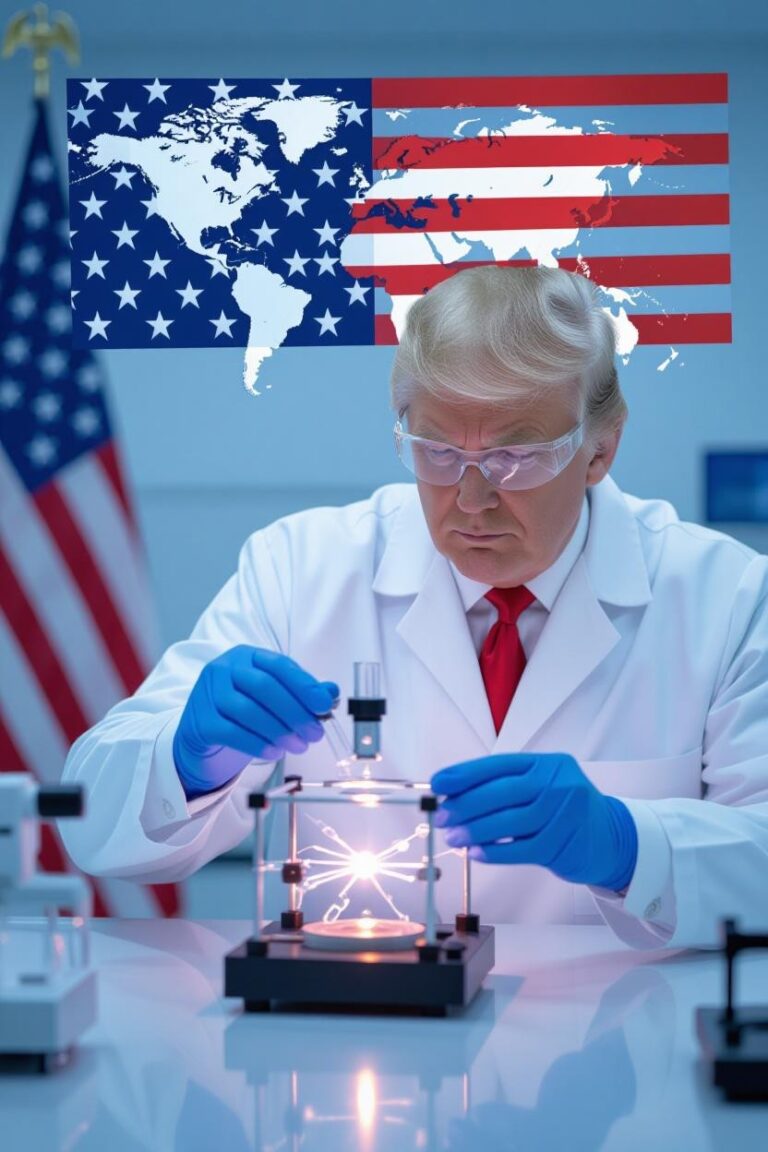Graphene Valleytronics: Paving the Way to Small-Sized Room-Temperature Quantum Computers
Valleytronics is an emerging field in which valleys—local minima in the energy band structure of solids—are used to encode, process, and store quantum information. Though graphene was thought to be unsuitable for valleytronics due to its symmetrical structure, researchers from the Indian Institute of Technology Bombay, India, have recently shown that this is not the case. Their findings may pave the way to small-sized quantum computers that can operate at room temperature.





